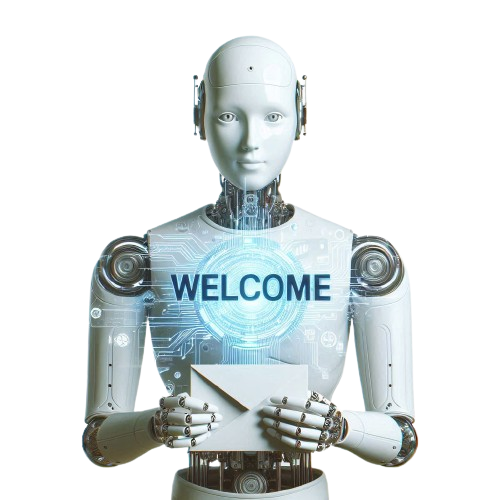Neural Network
Table of Contents
Neural networks have become one of the most exciting and promising technologies in the field of artificial intelligence. This revolutionary technology has the potential to transform industries and improve our daily lives in ways we never thought possible. In this article, we will explore what neural networks are, how they work, and the impact they are having on various sectors.
What is a Neural Network?
A neural network is a complex network of interconnected nodes, inspired by the structure of the human brain. These nodes, also known as neurons, are organized into layers and are capable of learning from data. Neural networks are trained to recognize patterns and make predictions based on the input they receive.
The basic building block of a neural network is the perceptron, which takes in multiple inputs, performs a weighted sum of those inputs, adds a bias term, and then applies an activation function to produce an output. Multiple perceptrons are connected in layers to form a neural network, with each layer having its own set of weights and biases.
How Does a Neural Network Work?
Neural networks work by learning from data through a process called training. During the training phase, the neural network is fed a large amount of labeled data, and it adjusts its weights and biases to minimize the difference between its predicted outputs and the actual outputs. This process is repeated many times until the neural network can accurately classify or predict new data.
There are several types of neural networks, each designed for specific tasks. Convolutional neural networks (CNNs) are commonly used for image recognition and classification, while recurrent neural networks (RNNs) are well-suited for sequential data like text and speech. Other types of neural networks include feedforward neural networks, radial basis function networks, and deep neural networks.
The Impact of Neural Networks
Neural networks have had a profound impact on various industries, revolutionizing the way we approach problems and tasks. In healthcare, neural networks are being used to diagnose diseases, predict patient outcomes, and personalize treatment plans. In finance, they are used for fraud detection, risk assessment, and algorithmic trading. In manufacturing, neural networks are optimizing production processes and predictive maintenance.
One of the most significant applications of neural networks is in autonomous vehicles. Neural networks are used to process data from sensors, cameras, and lidar systems to make real-time decisions while driving. These networks can recognize objects, predict trajectories, and navigate complex environments, making autonomous vehicles safer and more efficient.
Challenges and Future Directions
While neural networks have shown tremendous promise, there are still challenges that need to be addressed. One of the main challenges is the interpretability of neural networks. As neural networks become more complex and deep, it becomes harder to understand how they make decisions. This lack of transparency can be a barrier to adoption in critical applications like healthcare and finance.
Another challenge is the need for large amounts of labeled data to train neural networks effectively. Data labeling can be time-consuming and expensive, especially for tasks that require specialized knowledge or domain expertise. There is also a need for more efficient algorithms and hardware to train and deploy neural networks at scale.
Looking ahead, the future of neural networks is bright. Researchers are exploring new architectures, algorithms, and training methods to improve the performance and efficiency of neural networks. One exciting area of research is neuromorphic computing, which aims to mimic the brain’s architecture and processes to build more intelligent and energy-efficient neural networks.
In conclusion, neural networks have the potential to transform industries and society in profound ways. By understanding how neural networks work and addressing the challenges they face, we can harness the power of this technology to create a more intelligent and connected world.



